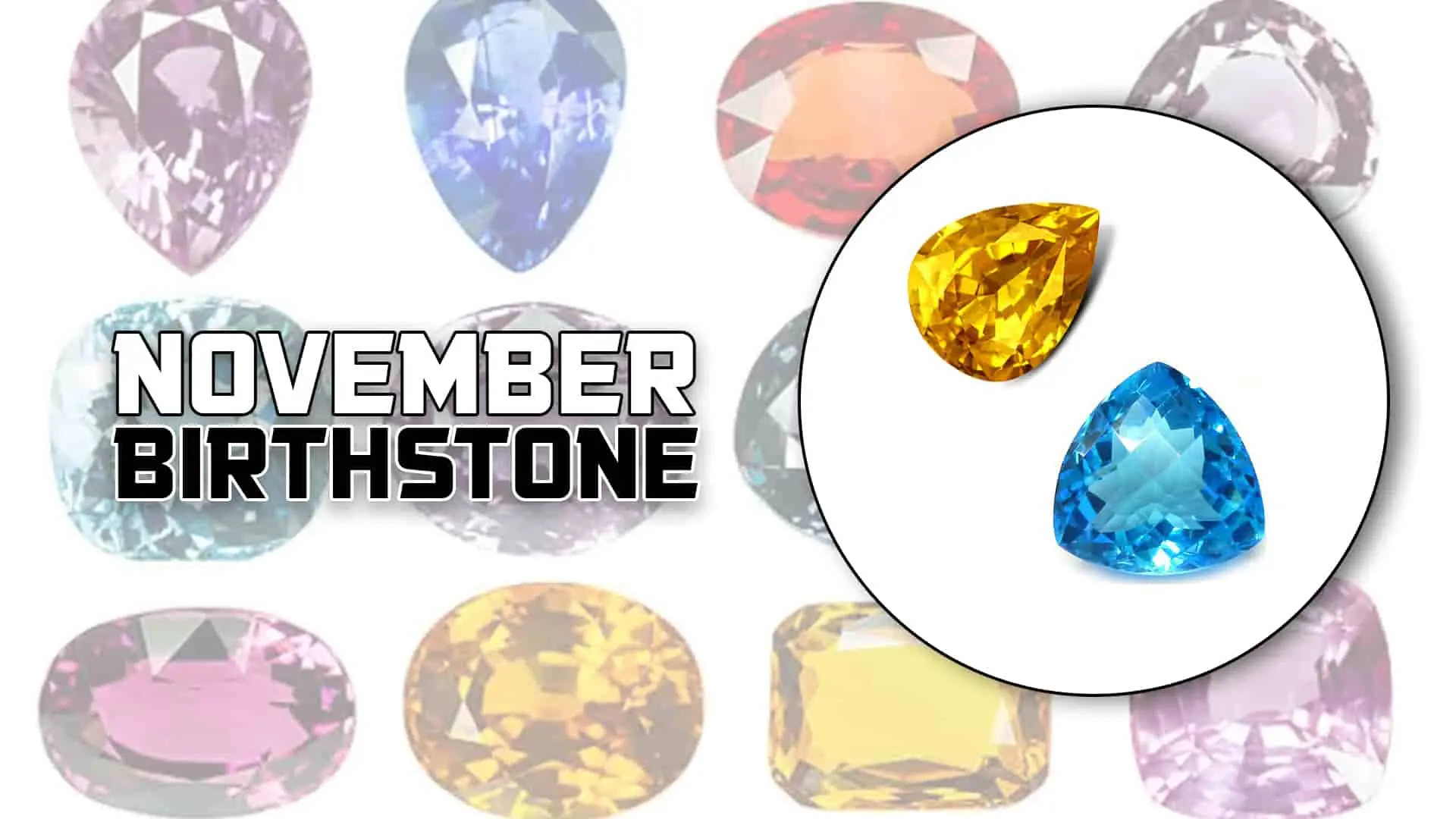Introduction to November Birthstone
November birthstones, Topaz and Citrine, hold a captivating allure as vibrant as the autumn leaves. With their radiant hues and unique qualities, these gemstones have long been revered for their beauty and symbolism. Topaz has been associated with strength and wisdom throughout history, with its colors ranging from deep blue to warm yellow. On the other hand, Citrine, known for its sunny yellow tones, is often linked to joy, prosperity, and abundance. Both gemstones possess an undeniable charm that has captivated jewelry enthusiasts and collectors alike. So, let us embark on a journey to uncover the enchanting world of November birthstones, exploring their mesmerizing colors, fascinating folklore, and significance in contemporary jewelry.
November Birthstone: Topaz

Yellow topaz is one of the contemporary birthstones for November, along with citrine. Numerous people believe that topaz, in all its hues, is the traditional birthstone for November. A neo-silicate mineral called topaz is a prismatic crystal in nature. Although some people think the word “topaz” may have been derived from the Greek word “topazos,” it is most likely derived from the Sanskrit word “tapas,” which means “fire.” Citrine and yellow topaz are two separate gemstones; however, they must be corrected.
History of Topaz
- The topaz has been mistaken for various gemstones for centuries, including diamonds, peridots, quartz, and citrine (read on for more information on this other November birthstone).
- Topaz was long used to describe all yellow and brown gemstones and topaz itself.
- A nearly 600-pound translucent topaz was discovered in Minas Gerais, Brazil.
- Topaz is not only the birthstone for November but also presented for a fourth and a 23rd wedding anniversary.
- Texas designated the blue topaz as its official state gemstone in 1969, the same year that Utah did the same. In Fillmore, Utah, there is a mountain called Topaz.
- In 1969, “Topaz,” a spy thriller, was directed by Alfred Hitchcock.
Where Can You Find Topaz?
Since topaz has been mined in Minas Gerais for more than 200 years, it is one of the most significant suppliers of high-quality topaz. Yellow to orange, red, pink, violet, and combinations of red, orange, or purple are some of the colors seen here. Ouro Preto, a neighboring town, makes a good companion. In this UNESCO World Heritage Site, grand colonial churches dot the skyline, and charming cobblestone lanes crisscross the city.
Pink Topaz is renowned for being produced in Northwestern Pakistan. Since 1972, mining has occurred near the tiny village of Katlang on Ghundao Hill. The most sought-after pink topaz from Katlang contains a hint of violet and is sometimes called “cyclamen pink” by those in the jewelry industry. But this lovely pink birthstone for November is only infrequently discovered, especially at Ghundao Hill.
Color of Topaz

The color spectrum of yellow topaz ranges from golden yellow to reddish-orange. Yellow is most frequently linked with topaz, also called “golden topaz” or “Imperial topaz.” Before the advent of modern gemology, topaz was the umbrella name for all yellow and brown gems. The association between topaz and yellow has endured over time, even though many different types of distinct yellow stones exist now.
Imperial topaz is the rarest variety of topaz and has a naturally occurring golden hue. Warm imperial topaz gemstones are the eye-catching, flamboyant gem. They have a medium to reddish-orange color spectrum and are very saturated. Gem-quality topaz is found in less than 5% of all topaz, making these topaz stones quite rare.
Any “Imperial” topaz that has been treated is not a genuine Imperial topaz. The stone’s name, imperial topaz, derives from the fact that it is primarily found in Brazil, although deposits have also been discovered in Russia. The term “Imperial topaz” was given its moniker because of the 19th-century Russian monarchy.
Although topaz can come in a range of hues, the bulk of it is naturally colorless (sometimes known as “white” topaz). Pink topaz and imperial topaz are rivals for being the rarest and most expensive topaz colors because pink topaz can give any jewelry item an outstanding, romantic appearance. In addition, the gem resembles more valuable gems like pink sapphire and pink diamonds. But the price is much lower.
Colorless topaz is subjected to chemical vapor or a thin coating to produce “mystic” topaz. The procedure results in a metallic rainbow inside the stone, and because the colors shift depending on the light, it may be mesmerizing. Depending on the gem, these colors can range from red and green to teal.
Meaning, Properties, and Symbolism of Topaz
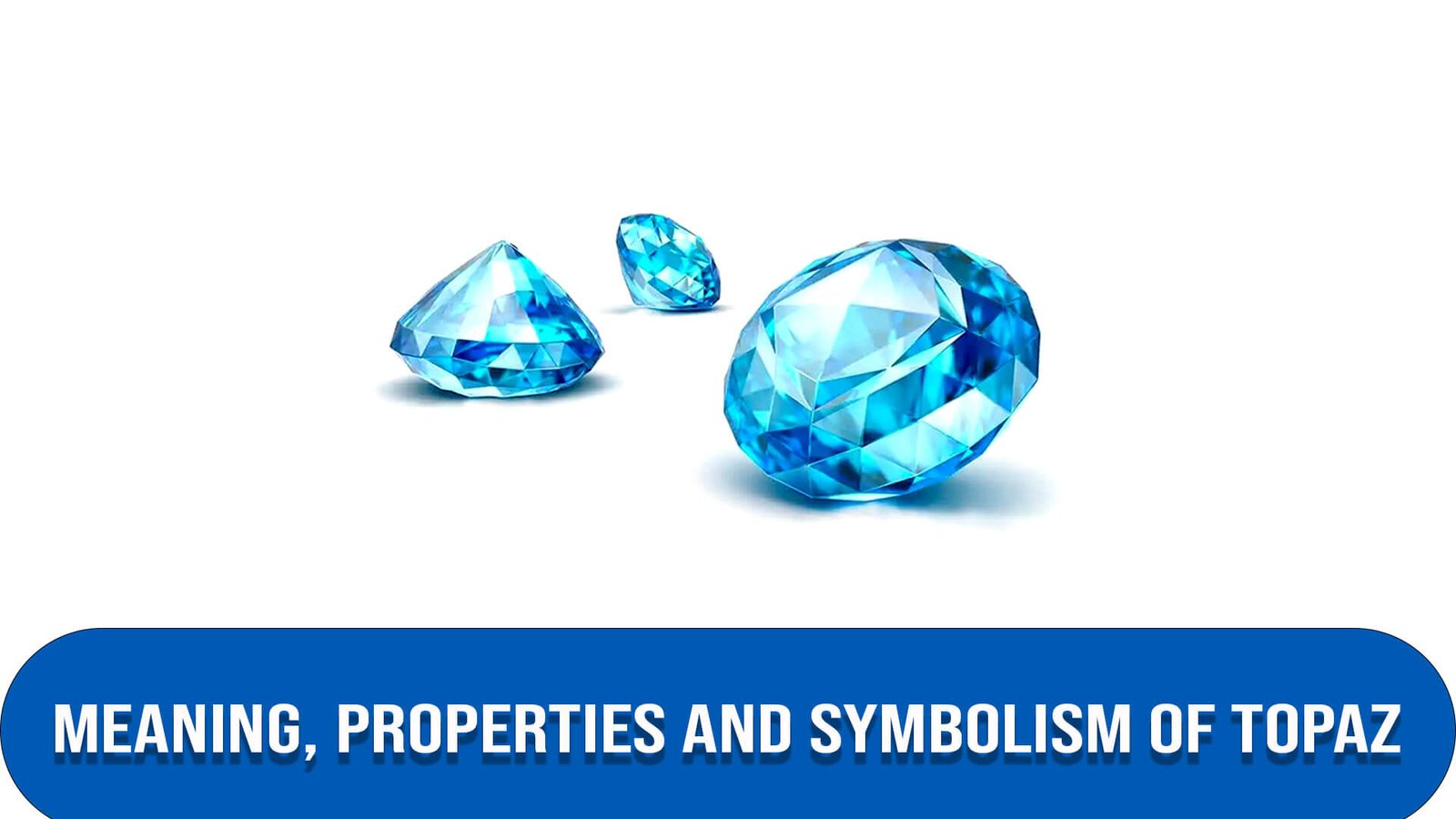
- Some attribute the name of the gem to the Sanskrit word tapas or tapas, which means fire. Others attribute the name to the Greek word topazios, the name of a tiny island in the Red Sea.
- Some believed that topaz could draw gold due to its yellow color.
- The ancient Greeks regarded Topaz as a source of power.
- Other ideas include things like manifesting love and being invisible.
- Wearing a topaz amulet on your left arm was believed to shield you from black magic during the Renaissance.
- African shamans used the gem in healing rituals because they thought it was sacred.
- In India, wearing a topaz above the heart was believed to bring about long life, beauty, and intelligence.
- Topaz was once used to heal arthritis, enhance digestion, and aid in weight loss.
- Some people believed that keeping it at home might guard against mishaps and fires; placed beneath a pillow, it may stop nightmares.
Topaz Jewelry
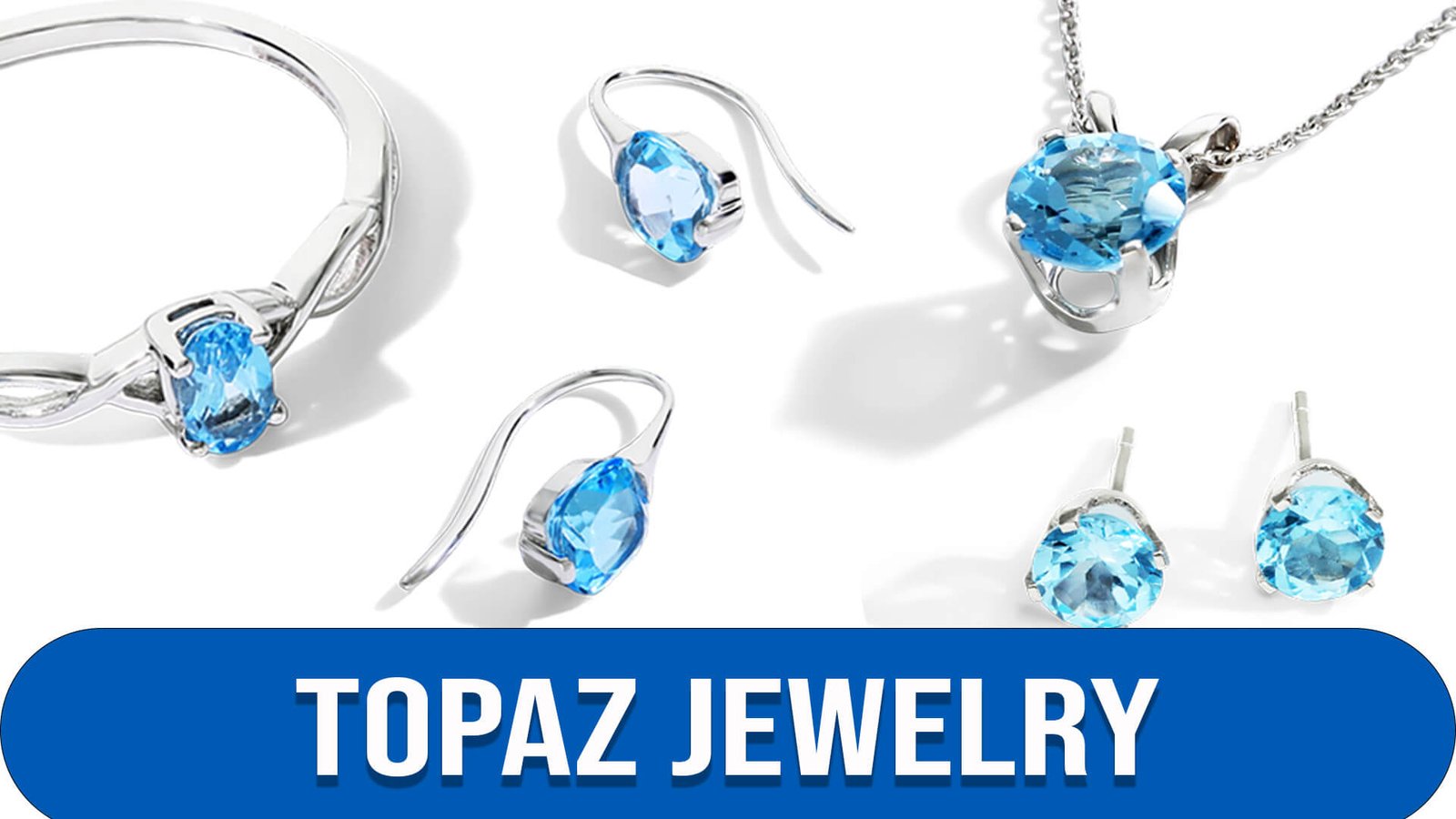
Even though this gemstone has an 8 Mohs Hardness grade, you must take extra care to prevent chipping and cracking. Use warm, soapy water and avoid extreme heat and rapid temperature changes to prevent internal gem breaking. Topaz is ideal for many types of jewelry, including necklaces, rings, and earrings. However, it is thought to be durable.
Care and Cleaning of Topaz Birthstone
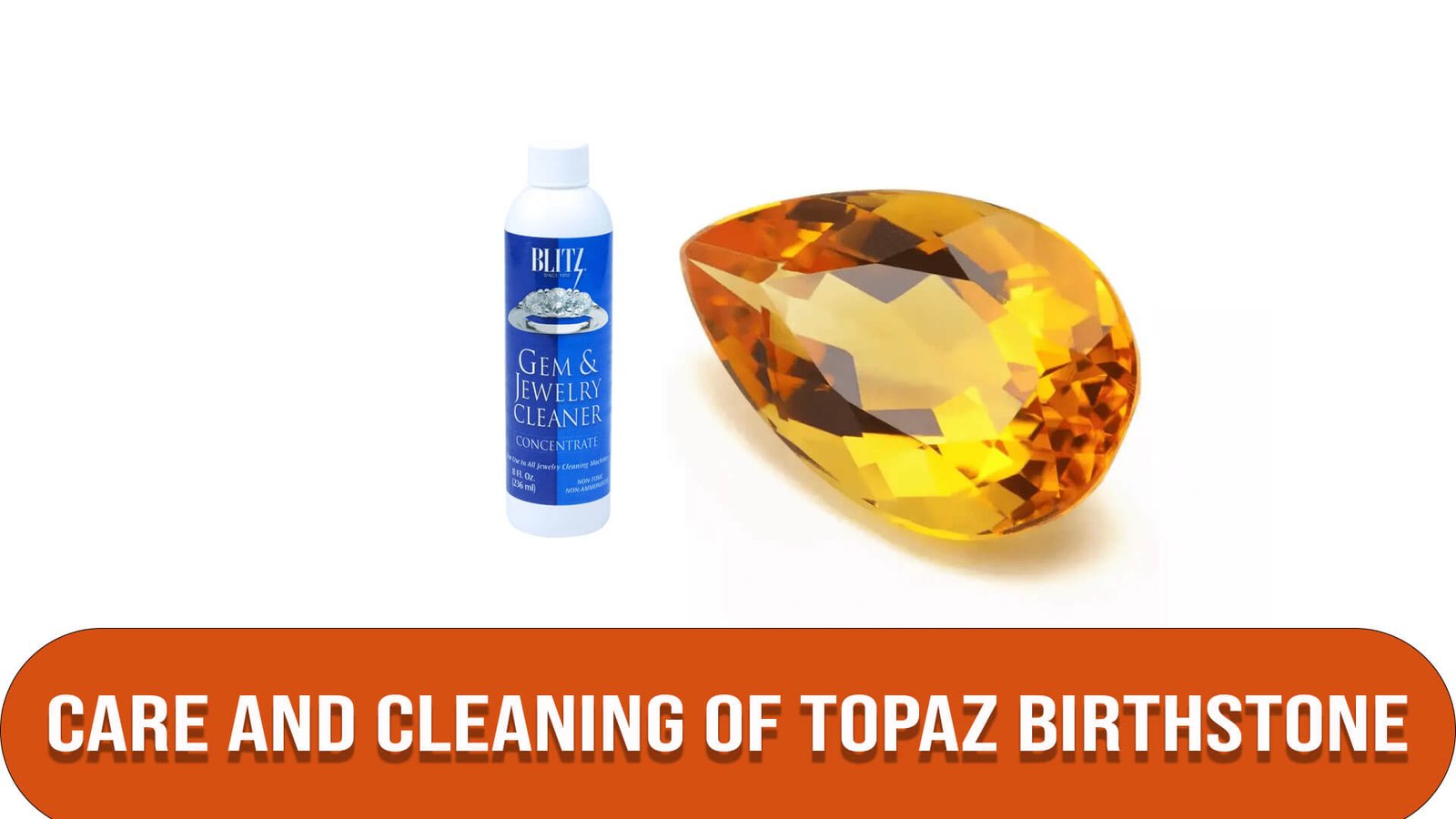
Although Topaz rates an 8 on the Mohs scale for hardness, it could be more robust. Thus, caution is needed to prevent chipping or fracture. Avoid using steam or ultrasonic cleaners to clean this November birthstone. It works best in warm, soapy water. Internal cracks in topaz can be brought on by intense heat or abrupt temperature changes. The color of the birthstone is often resistant to light, but some yellow to brown gems may fade over time if exposed to heat or sunshine. Some chemicals could have a small impact on topaz.
Mystic Topaz’s coating can resist typical wear but can be removed with abrasive cleaners or polishing wheels. A mild soap solution is the only cleaning solution suitable for a topaz birthstone treated in this way.
Cost of Topaz
The color of the topaz affects how much it costs. Imperial topaz is extremely rare and valuable, selling for up to $5000 per carat for top-quality stones greater than 3 carats. The deeper and warmer colors are highly valued. The sizeable pink topaz (greater than 3 carats) cost is comparable. Other colors’ prices sharply decline, with white topaz fetching between $1 and $25 per carat.
November Birthstone: Citrine
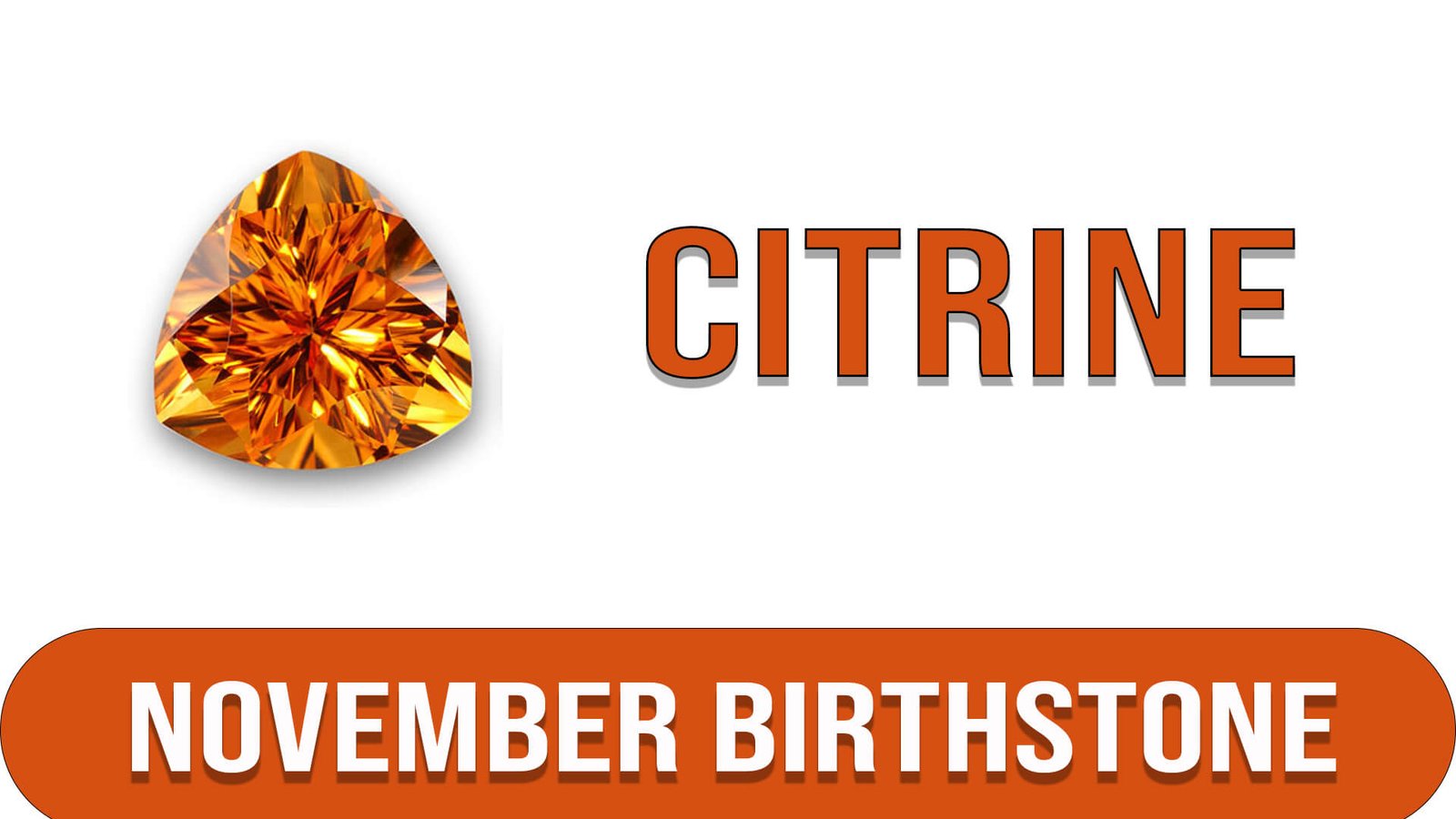
Citrine, one of the modern birthstones for November, is becoming increasingly popular because of its warm, rich colors and current earth tones. The gemstone amethyst, the purple variant of the crystal quartz, is closely related to the gemstone citrine. Citrine is infrequently mined since it is scarce compared to quartz, one of the more prevalent minerals. Instead, the bulk of citrine currently sold is produced by heating Smokey quartz, a commonly used method in the gem business that takes place on-site at mines.
Citrine is incredibly adaptable and is widely used as necklaces, bracelets, rings, and earrings. To make it easier for you to find the ideal piece of citrine jewelry for a loved one or yourself, we’ve developed our November birthstone buying guide.
History of Citrine
- Before it was discovered that citrine and topaz are two different minerals, citrine was known as gold, Spanish, or Madeira.
- The Egyptians utilized Citrine as a charm, and the Greeks carved pictures into the stones.
- Citrine was used as jewelry by Roman priests.
- Citrine was a common gemstone used in Victorian Scottish jewelry.
- Mineralogists discovered in the 18th century that amethyst could be heated to produce citrine’s yellow colors.
- The majority of citrine produced today was once amethyst, the birthstone for February, before being heated.
- Citrine is not only one of the birthstones for November but also a traditional gift for the 13th wedding anniversary.
Where Can You Find Citrine?
The top suppliers of this birthstone for November are Bolivia, Spain, Madagascar, Mexico, and Uruguay. Brazilian mines produce most amethyst, normally heat-treated to a citrine color.
Bolivia’s Anah mine, a significant source of natural, unheated citrine, is located deep within the largest freshwater marsh in the world. Wildflower fields, colorful birds, rainbow-colored butterflies, Howler monkeys, and jaguars are just a few of the characters on this enormous stage. The setting is appropriate for the mine’s story. It was presented to a Spanish conquistador as a dowry when he wed Anah, a princess from the Paraguayan Ayoreos tribe, in the 1600s. Before it was unearthed in the 1960s, the mine had been lost for three centuries.
The Anah mine creates a special crystal that contains amethyst and citrine; this combination of colors is known as ametrine when it appears in a fashioned gem. The Anah mine produces citrine birthstones ranging from orange-yellow to brownish/greenish-yellow.
Color of Citrine
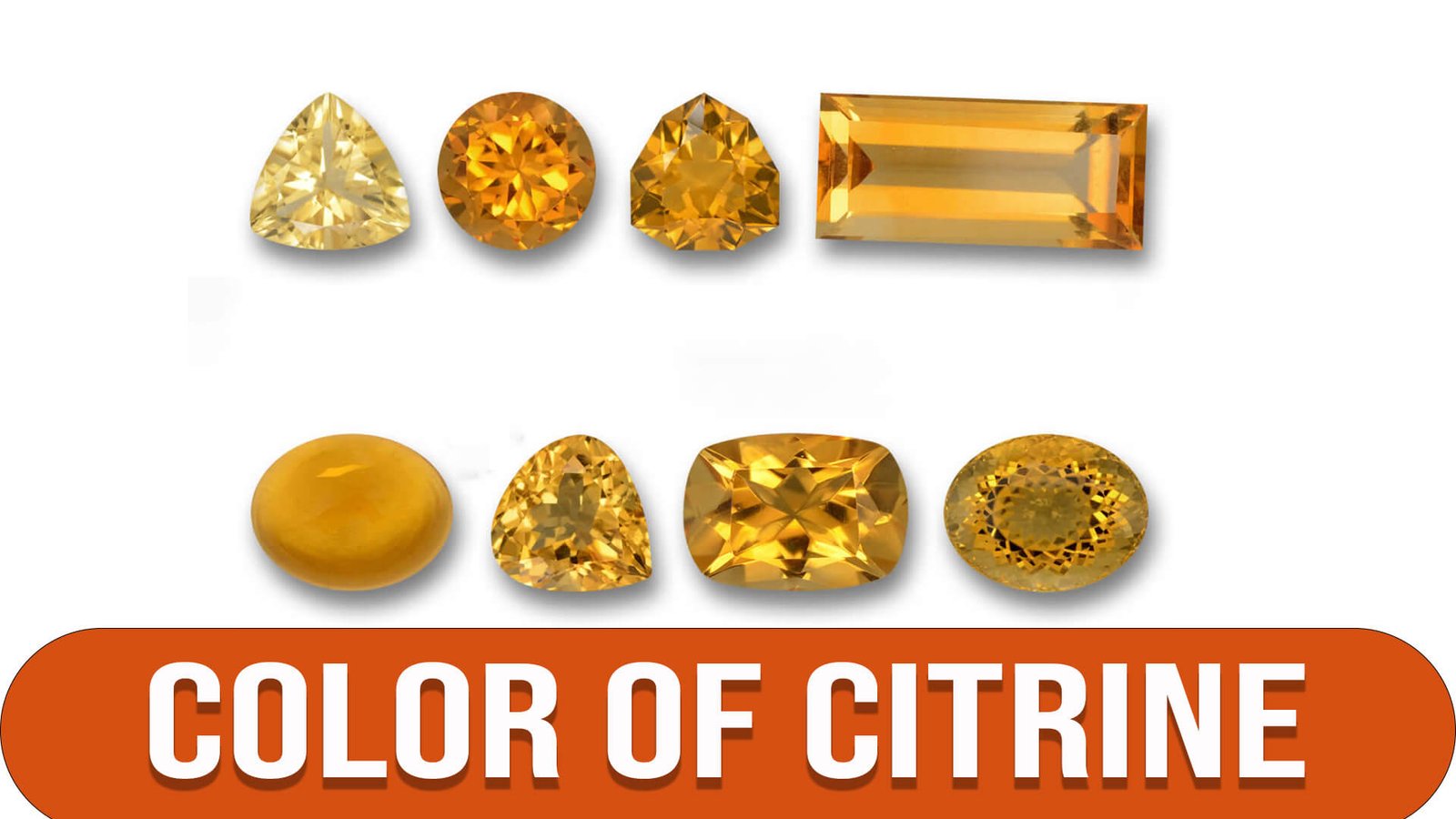
Because of its brilliant yellow color and reasonable price, citrine is particularly well-known in jewelry. All yellow and orange quartz specimens are referred to as citrine since citrine is the yellow and orange variant of the mineral quartz. Citrine contains trace amounts of iron, which gives it its color.
Meaning, Properties, and Symbolism of Citrine

- Citrine is said to have originated from the French word citron, which means lemon.
- Citrine was frequently confused for topaz and believed to possess similar properties, such as the capacity to calm people and ease their tempers.
- It was formerly thought to bestow wealth and unfathomable success upon people who wore it.
- Citrine was utilized to ward off heartache, evil thoughts, and snake poison.
- Some individuals thought the gem could contain the strength and energy of the Sun.
- Wearing citrine has long been believed to offer physical healing properties.
Citrine Jewelry
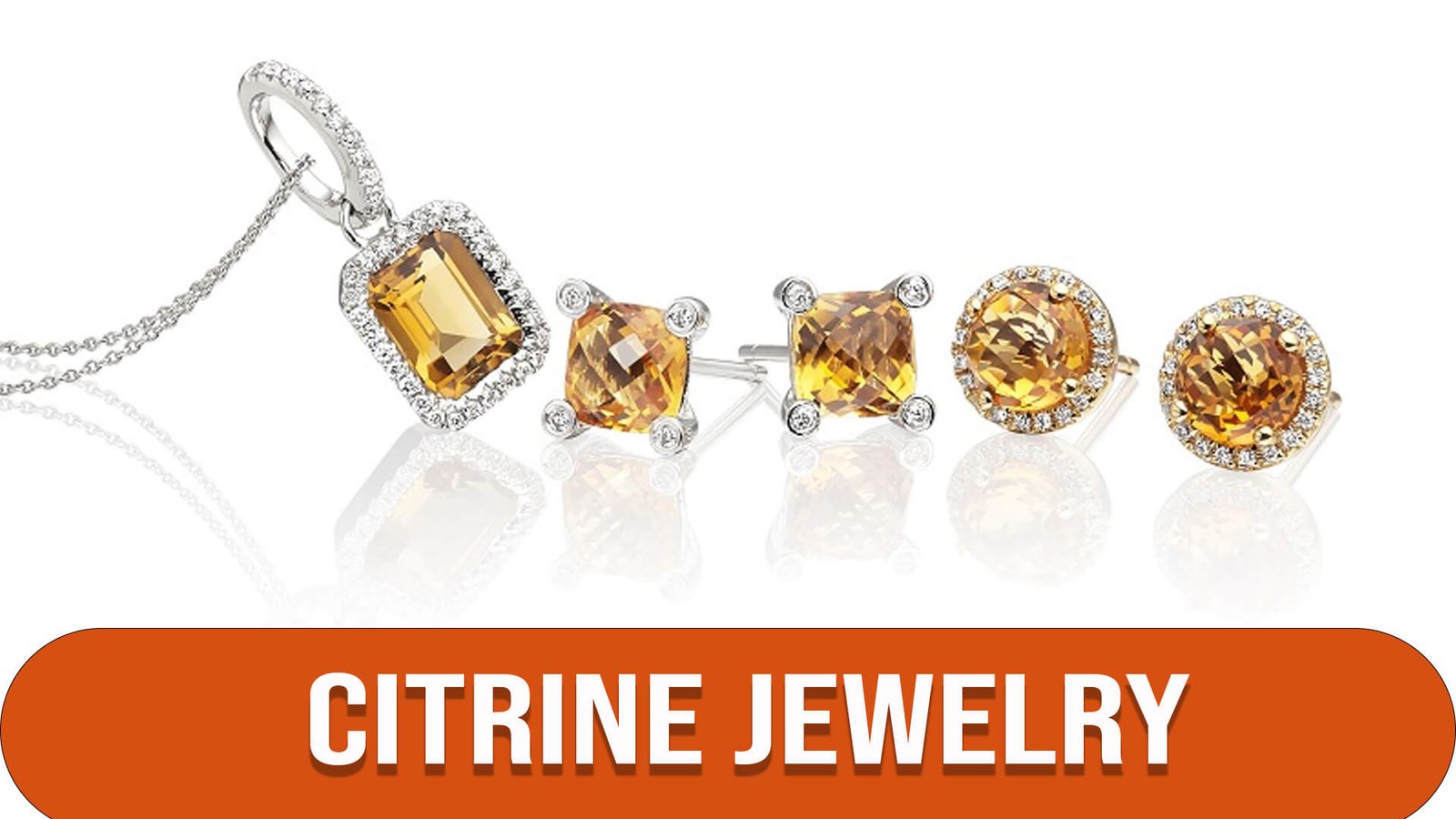
Citrine is a hard stone suitable for daily use, with a Mohs hardness value 7.0. You should use warm, soapy water to clean the jewelry. Citrine can crack during any heat-intensive cleaning procedure. The hue of citrine has replaced topaz and yellow sapphire in jewelry. It is frequently used in necklaces, bracelets, earrings, and rings.
Care and Cleaning of Citrine Birthstone
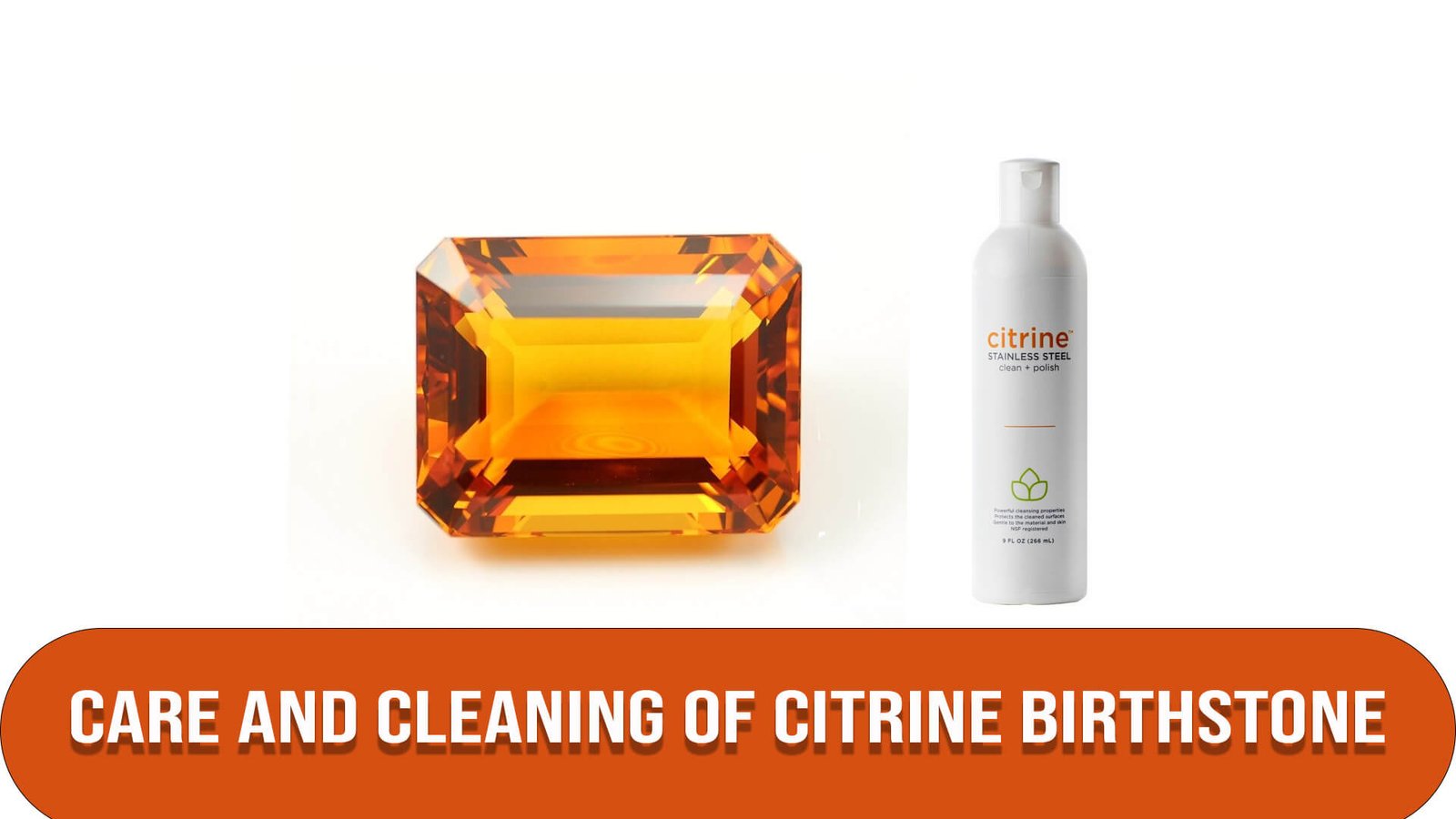
Your citrine birthstone, which rates a seven on the Mohs scale of hardness and has good toughness, is often resilient enough for everyday use and maintenance. You can use warm, soapy water to clean it without risk. While using an ultrasonic cleaner to clean your November birthstone is typically safe, steam cleaning poses a risk because the extreme heat could result in the stone cracking.
Cost of Citrine
Compared to other colored gems, citrine is relatively cheap; the price can range from $5 to over $100, depending on the quality. The cost of citrine is mainly determined by its color, ranging from orange to yellow to gold to the magnificent reddish-orange Madeira hue. Gold citrine gems are the least expensive and typically cost at most $15 per carat, although premium Madeira gems can sell for far over $100 per carat.
Conclusion
In the realm of birthstones, Topaz and Citrine reign supreme as the dazzling representatives of November. Their radiance, imbued with meanings of strength, wisdom, joy, and prosperity, makes them cherished gems for those born in this autumnal month. Whether adorning an exquisite piece of jewelry or showcased as standalone gemstones, Topaz and Citrine never fail to capture attention with their vibrant colors and timeless appeal. So, if you seek a birthstone that encapsulates the essence of November and all its glorious attributes, these gems stand ready to adorn and uplift. As we conclude our exploration of these captivating gemstones, let us embrace the beauty and symbolism they offer, allowing them to accompany us on a journey filled with warmth, abundance, and joy.
Read More: January Birthstone, Febuary Birthstone, March Birthstone, April Birthstone, May Birthstone, June Birthstone, July Birthstone, August Birthstone, September Birthstone, October Birthstone, December Birthstone
